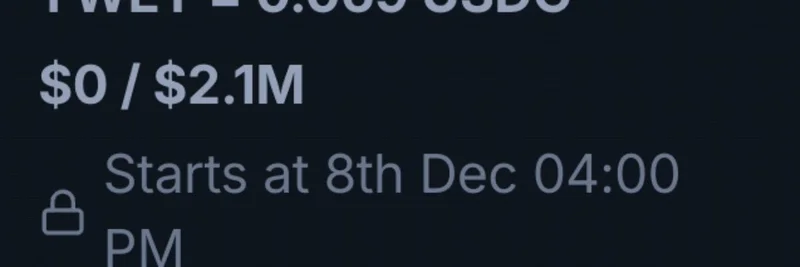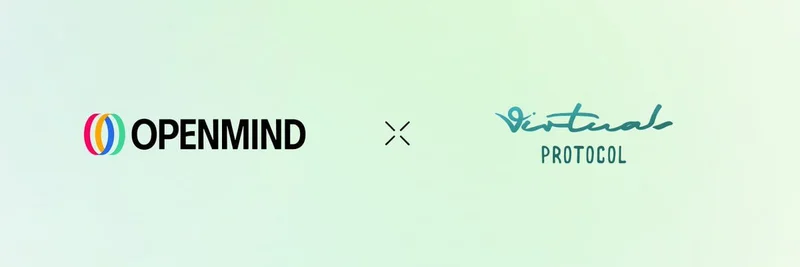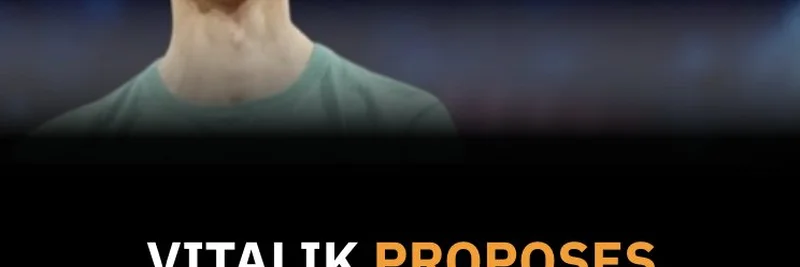Ever scrolled through X and stumbled upon a tweet that makes you pause and think, "Wait, what's this about?" That's exactly what happened when I saw BSC News drop this gem teasing an in-depth look at $KAS, the native token powering the Kaspa ecosystem. In a world dominated by memes and hype, it's refreshing to geek out over real tech innovation. Kaspa isn't your typical meme coin—it's a proof-of-work (PoW) beast built for speed and scalability, and $KAS is at its heart. If you're a blockchain practitioner chasing the next big thing beyond dog-themed tokens, buckle up. We're unpacking everything from its blockDAG magic to why it might just redefine high-throughput chains.
What Makes Kaspa and $KAS Tick?
Launched back in November 2021, Kaspa (@kaspaunchained) set out to solve one of crypto's oldest headaches: the blockchain trilemma. You know, that pesky balance between speed, security, and decentralization? Traditional blockchains like Bitcoin chug along at about 7 transactions per second (TPS), while Ethereum's upgrades push it higher—but Kaspa? It's aiming for the moon with theoretical TPS in the thousands, all while staying true to PoW roots.
At the core is $KAS, the utility token that keeps the network humming. Think of it as the gas for Kaspa's engine: miners earn it as rewards for securing the chain, and in the future, it'll handle transaction fees as block rewards taper off. No fancy smart contracts (yet), but the focus on raw transaction speed makes it a darling for payments and data streaming apps. As BSC News highlights in their analysis, $KAS entered the world with zero drama—no pre-mines, no VC dumps, just pure community mining from day one. That's the kind of fair launch that builds trust in a space full of rug pulls.
The Tech That Sets $KAS Apart: BlockDAG and GHOSTDAG Explained
Let's break down the jargon without the headache. Most blockchains are linear—like a single-lane highway where blocks line up one after another. Congestion? Inevitable. Kaspa flips the script with blockDAG (Block Directed Acyclic Graph), a structure that lets multiple blocks coexist and reference each other in parallel. It's like upgrading to a multi-lane expressway: traffic flows freely, and the network confirms transactions in seconds, not minutes.
Powering this is GHOSTDAG, Kaspa's consensus protocol. In simple terms, it allows "orphan" blocks (those that don't make the main chain in traditional setups) to still contribute to security. No wasted effort—every block mined adds value. The result? Block times as low as 1 second, with the network cranking out over 1 block per second on average. And for miners, the kHeavyHash algorithm keeps things energy-efficient, evolving from CPU-friendly roots to ASIC dominance since IceRiver's miners hit the scene in 2023.
If you're dipping your toes into blockchain dev, this is gold. Kaspa's design reduces mining variance, meaning smaller players aren't squeezed out as easily. It's decentralized PoW done right, without the centralization pitfalls that plague some chains.
$KAS Supply: Fair, Deflationary, and Predictably Scarce
One of $KAS's strongest selling points? Its tokenomics scream sustainability. Total supply caps at 28.7 billion coins—a number inspired by Bitcoin's 21 million but scaled for speed. As of March 2025, over 25.88 billion are circulating, with the rest trickling out via mining. That's over 90% mined already, folks—scarcity is baked in.
The emission schedule is a masterclass in predictability: no shock halvings like Bitcoin's every four years. Instead, rewards drop gradually each month by a factor of (1/2)^(1/12). Started at 500 KAS per second in 2021; now it's down to about 61.7 KAS/s, heading toward 3.4 KAS/s by 2029 and pocket change by 2037. This smooth curve lets markets adjust without wild swings, fostering steady growth.
Distribution? Pure equity. Zero allocations to devs, founders, or insiders. Everyone started on equal footing, mining their way in. In a meme coin era where 80% of supply often sits in whale wallets, $KAS's broad ownership (thousands of miners worldwide) is a breath of fresh air. It promotes long-term holding and reduces pump-and-dump risks.
Mining $KAS: From Hobby to Heavy Industry
If you're into the hands-on side of crypto, Kaspa's mining scene is thriving. The hashrate? A whopping 1.2 million TH/s as of early 2025—that's network security on steroids. kHeavyHash was designed for accessibility: early days favored GPUs, but ASICs have leveled up efficiency without killing decentralization.
Pro tip for newcomers: Start with a GPU rig if you're testing waters, but for serious hauls, eye those IceRiver ASICs. Pools like WoolyPooly make it easy to join without solo mining's variance. And as rewards dwindle, watch for the shift to fee-based mining—Kaspa's low fees could attract DeFi or NFT volume to keep incentives juicy.
Ecosystem Buzz and Real-World Use Cases
Kaspa's ecosystem is still maturing, but it's buzzing with potential. Right now, $KAS shines in micropayments and high-volume transfers—think IoT data streams or cross-border remittances where speed trumps bells and whistles. The community governs via transparent proposals, ensuring upgrades like Rust-based nodes (for better dev tools) stay on track.
While not overflowing with dApps yet, integrations are coming. Partnerships? Kaspa's keeping it lean, but whispers of ties with payment processors and layer-2 explorers hint at expansion. For meme insiders like us, it's intriguing: Could $KAS host meme token launches on a ultra-fast chain? The tech says yes, even if the vibe is more engineer than emoji.
Market Snapshot: $KAS in 2025
Fast-forward to today: $KAS boasts a $1.9 billion market cap, landing it snugly in CoinMarketCap's top 50. Price action has been volatile—like all alts—but the fair launch has kept it resilient. Trading volume spikes with hashrate surges, and holders (over 100,000 wallets) show sticky loyalty.
Compared to meme tokens, $KAS trades on fundamentals: tech upgrades, mining efficiency, and that deflationary tailwind. If Bitcoin's halving cycles pump PoW narratives, Kaspa could ride the wave—especially with 2.8 billion coins left to mine at a snail's pace.
Why $KAS Deserves a Spot in Your Watchlist
Wrapping this up, $KAS isn't chasing viral TikToks; it's engineering the future of scalable PoW. From blockDAG's parallel processing to a token launch fairer than a village bake sale, Kaspa embodies what blockchain can be: fast, secure, and for everyone. Whether you're mining, trading, or building, keep an eye on it—especially as transaction fees ramp up and scarcity bites.
Shoutout to BSC News for spotlighting this; their guide was the perfect nudge to revisit Kaspa's under-the-radar glow-up. Got thoughts on $KAS vs. other L1s? Drop 'em in the comments. And if memes are your jam, stick around Meme Insider for the wild side of tokens—because why not balance tech deep dives with a little frog humor?
Stay curious, stay decentralized. 🚀



